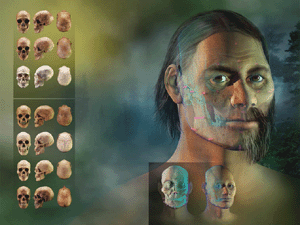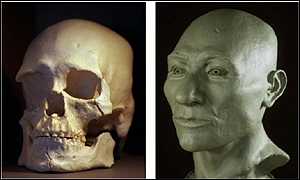By Cynthia Coleman
An apt example is seen in 60 Minutes’ coverage of the Kennewick Man court battles. Veteran reporter Leslie Stahl positioned the Indian tribes as anti-science in her 2002 interview. Stahl set the stage for the story by framing the discovery of the skeleton as a “scientific treasure,” adding, “we’re talking about our history.” Therefore anyone disagreeing with the frame would be seen as anti-science. And by declaring that Kennewick Man represents “our history,” Stahl has deigned that the skeleton speaks to her history, not the local Indian tribes. Umatilla spokesman Armand Minthorn presented a different approach: not about science but about culture. “Our older people tell us that when a body goes into the ground, that’s where it’s to remain until the end of time. It’s been removed. It’s violating everything that we know.” He also noted that for 10,000 years his people have told stories about life on the Columbia River. “My teachings from my older people tell me how life was 10,000 years ago. And the scientists cannot accept the fact that just because it’s not written down in a book, it’s not fact. It’s fact to me, because I live it every day.”
Making Kennewick Man look like a white man, as the "Picard" reconstruction did, was a huge factor in the subsequent controversy. People assumed white men had been here before Indians and framed the debate in terms of "political correctness." They deemed Indians who opposed the investigation obstructionists who wanted to preserve their quaint beliefs and superstitions.
Now we see how misleading the original reconstruction was. We could use another debate on why white people are so eager to discredit Indians. Because they can't stand the thought that their ancestors weren't first and best in everything, apparently. Because their ancestors didn't claim an "untamed wilderness" but had to steal it from its rightful owners.
For more on the subject, see Kennewick Man, Captain Picard, and Political Correctness.



No comments:
Post a Comment